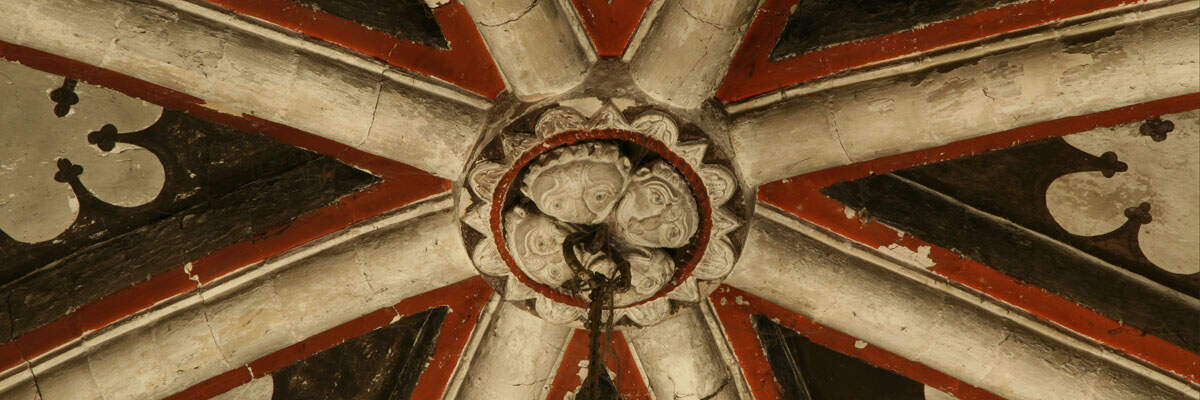St Andrew's has a fine ashlar-faced chancel of
c.1230–40, a five-bay aisled nave with later
13thc. arcades and a W tower with two plain 12thc.
windows in its W wall. The plain jambs of the tower arch are 13thc., but the
arch itself is four-centred. The nave has no clerestorey now, the one built in the 15thc. having collapsed
in 1792. The chancel walls show evidence of
Micklethwaite's 1886 restoration. They are of ashlar at the top, and brick (N),
pebble rubble (S), or incongruously pebble-dashed (E) below. Micklethwaite
would surely accept no blame for the last. The nave is of pebble rubble,
restored by Scott in 1870–75, and the tower of ashlar. The nave has N
and S doorways, the S under a porch, the N giving
access to a modern church hall on this side. Inside the church are a 12thc.
grave slab and a plain font.



